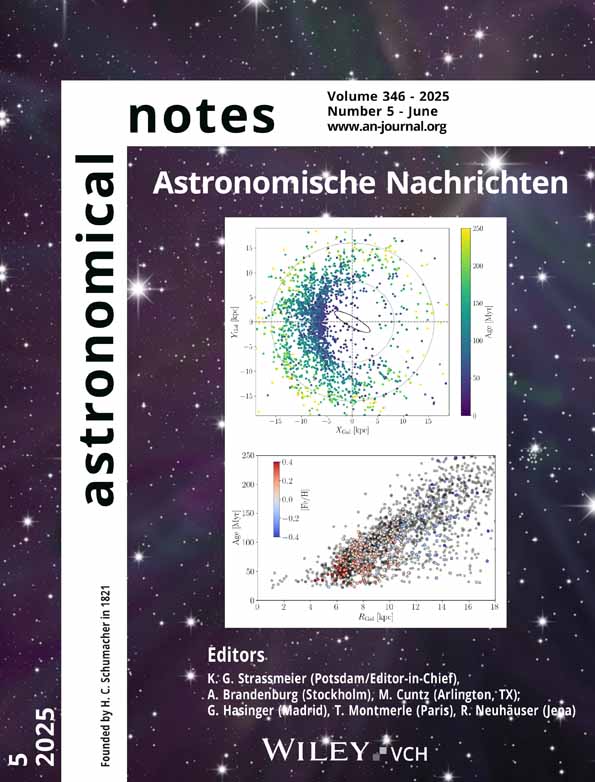Evolution of radio galaxies
Abstract
The dynamical evolution of FRII-type radio galaxies can be successfully modelled employing purely analytical techniques. The solutions change depending on the lobe size relative to the characteristic length scale for individual objects, resulting in three distinct regimes. By far the best understood regime is that of large sources. For these we can also construct emission models predicting the evolution of the radio luminosity as a function of source size or age and a limited number of source parameters. We can use such models to constrain the evolution of the radio galaxy population as a whole. Building on these successes, we find some hints that radio galaxies can change their morphologies between the two FR classes. Better emission models for all length scales and models for FRI-type objects are now needed to progress our understanding of all evolutionary branches of radio galaxies (© 2009 WILEY-VCH Verlag GmbH & Co. KGaA, Weinheim)




